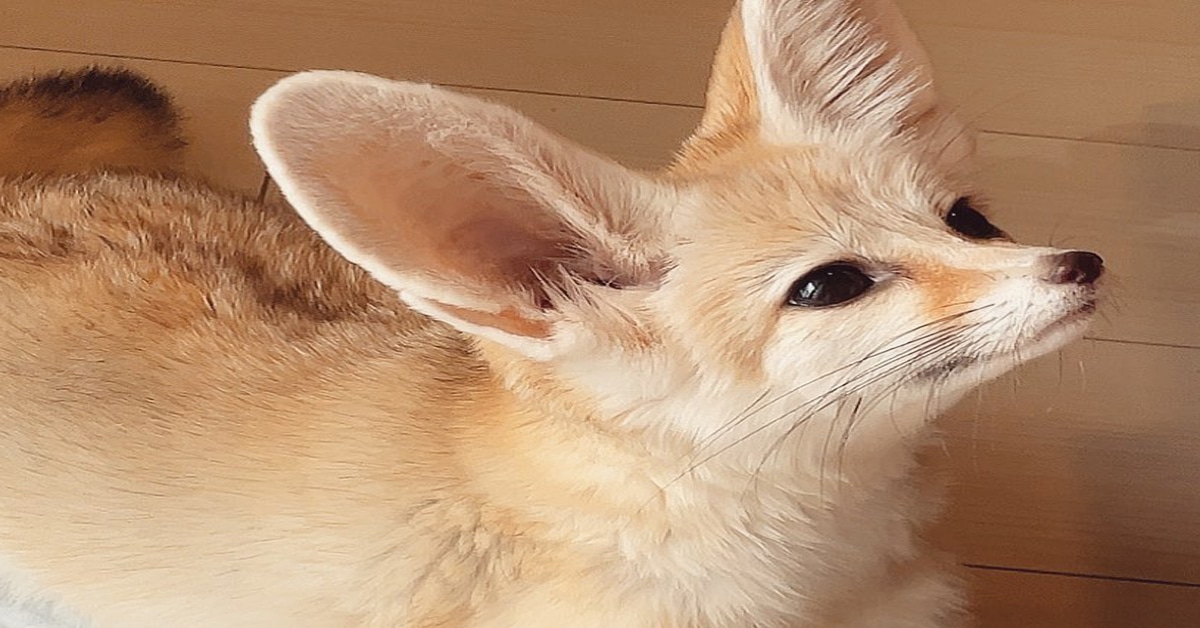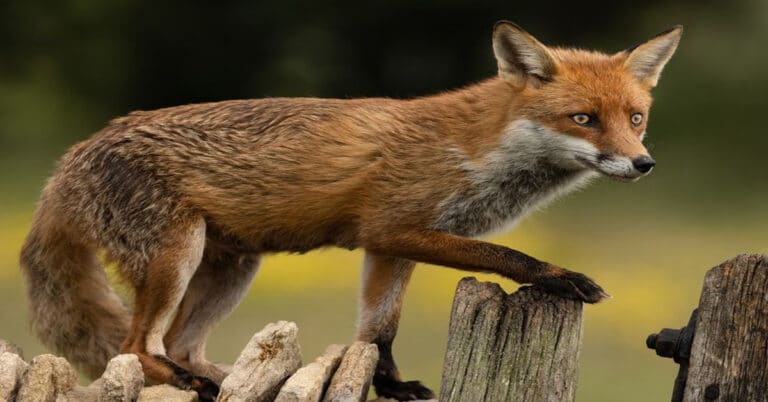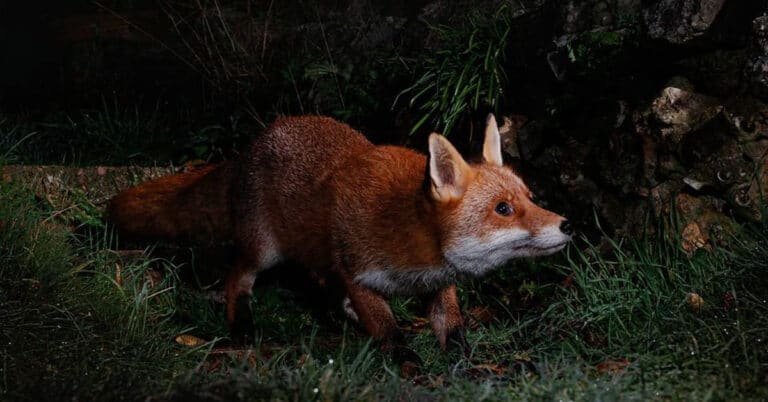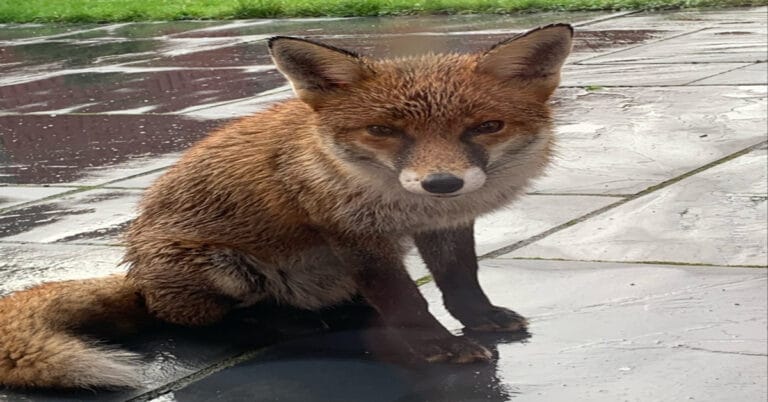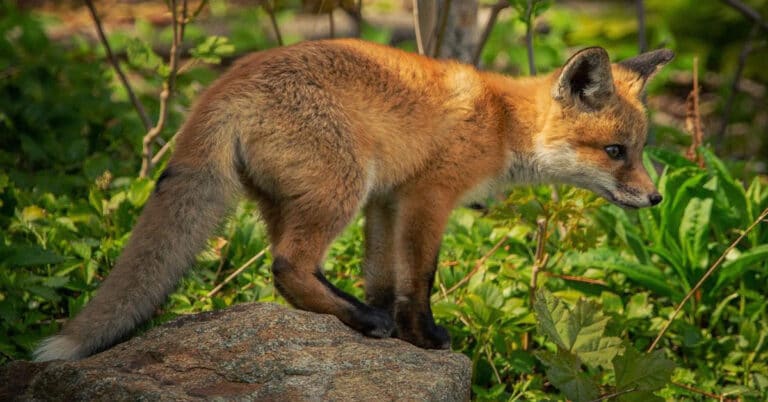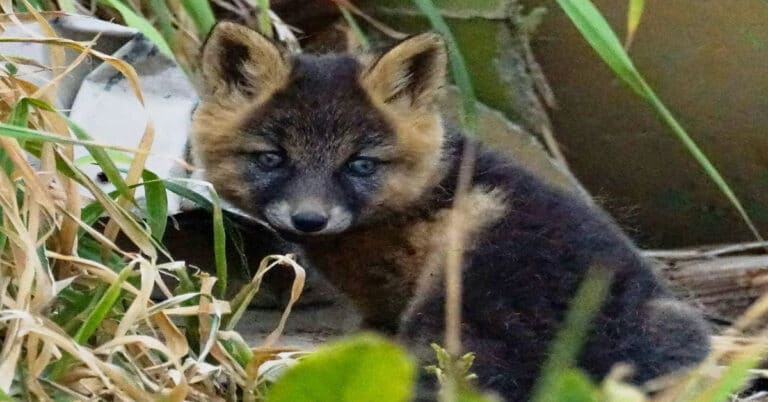Fennec Fox – Fun Facts, Eating Habits & Habitat
The Fennec Fox is one of the cutest creatures on earth. With their large ears, tiny faces, and pointed snouts, it is impossible to not fall in love with them. They are the smallest crepuscular fox species, which has stolen the hearts of many people. You may also know them as “desert foxes”. They are called so because of their living habitat. Those pint-size canids are perfectly adapted to the extremely difficult living conditions and are truly worthy of recognition.

Living Habitat of Fennec Fox
The fennec fox is native to Northern Africa and mainly lives in the desert areas. They are found in the areas of Morocco, Mauritania, Sudan, Egypt, Sinai, Arava, and southern Israel. Their living habitat is mainly the Sahara desert. They live in areas with small dunes and sparse vegetation such as shrubs, sedges, and grass.
Mainly, the fennec fox lives in underground dens. Mostly, they prefer to choose places that are sheltered by plants and bushes. However, they will also build their dens in the open areas. Their den can have up to 15 different entrances. The burrows can be as large as 1200 square feet and can be shared by several families. Those tiny creatures can dig as deep as twenty feet and have the power to climb out of the enclosures too.
Physical Characteristics
The foxes have straw-like bodies and black noses. The sandy color of their bodies helps them hide from predators and is a great camouflage. The ears have red stripes and are covered in fur. They have nocturnal habits that help them survive in the heat and desert environment. Their big ears have a specific purpose. They are responsible for radiating body heat, which eventually helps them to keep the body temperature balanced during the heat.
Another characteristic is that they have thick and long fur. The fur helps them to stay warm in the cold desert nights and also protects them from the sun. There is hair even on their feet; it protects them from the hot sand and is also used as a shovel for digging. Also, the fur on their feet provides traction in the loose sand.
Their coats, ears, and even kidneys are adapted to live and survive in the deserts, where the temperature can be very high and water is rare. The Fennec fox keeps the body temperature normal by extreme panting. During the hot weather, their breath rate can go up to 690 breaths per minute. When they are extremely cold, they start to shiver. Foxes mainly communicate by barking, whimpering, shrieking, woofing, or chattering.
The average fennec fox is approximately 14 to 16 inches long and has a very long tail. The tail length can go up to 12 inches. The weight of those little creatures varies between 2 and 3 pounds. Their ears are about 4 to 6 inches long. Fennec foxes can live up to 14 years when they are captive and 10 years in their natural environment.
Other than cooling, its large ears have another important purpose. They provide an excellent hearing. They can hear the insects, mammals, and birds moving around, even the underground, and hunt their prey.
Eating Habits Of Fennec Fox
Even though they live as a group, they are lonely hunters. The Fennec fox is an omnivore eater. Normally, they eat the same amount as cats. If they have leftover food, they will most likely hide it in the sand and return to it later. Those cute little animals are opportunistic and will eat whatever food they encounter, including:
- Grasshoppers
- Locusts
- Lizards
- Rodents
- Geckos
- Birds and bird eggs
- Tubers
- Fruit
- Plant roots and leaves
- Vegetations
They can go for a pretty long time without water, like many other desert creatures. Because the drinking water is limited in deserted areas, they mainly get moisture from their food. Eating the plants helps them stay hydrated. Also, they lick the dew that is formed in the underground dens. However, whenever they find water, they enjoy it as much as any other animal.
The fennec fox hunts alone and mostly digs out the sand to find insects and vertebrates. The hunting process occurs at night. The foxes listen to the prey located underneath the sand, then dig them out and eat them. They can even kill prey that is bigger than themselves, such as rabbits.
The Fennec fox is not a threat to domestic animals and livestock. They do great help for them by controlling the population of rodents and locusts. By this, they not only help with the environment but also protect crops.
There are some thoughts about the fennec fox eating the dirt. No, they do not eat the dirt. When they are starving, they will start to root around in the dirt with the hope of finding food. Similar behavior is seen in pigs too. It seems as if they eat the dirt, but in reality, they only search for food. However, this behavior will only increase when they have serious malnutrition or a neurological disorder.
How Do Fennec Foxes Reproduce?
The fennec fox lives as a group and has approximately 10 individuals per family. The mating season of the fennec fox is between January and April. Typically, the foxes have two to four pups per year. A female gives birth once a year. In the litter, there are four or five babies in total.
During pregnancy, male foxes are especially protective of their mothers. Males mark the territory and become especially aggressive. They provide food for the females, and it keeps happening until the newborns are 4 weeks old. Normally, puppies open their eyes after 10 days. Both parents take care of the babies. The Fennec fox reaches an adult stage in the ninth month.
What Threatens a Fennec Fox?
There are a lot of threats that the Fennec fox faces. One of the main enemies is diseases and viruses. However, humans are the main threat to them. They are often killed by cars when crossing the road. They are mostly trapped and used as an exhibition for tourists. Captive fennec foxes are also often stressed during transportation or other causes, and it creates tons of health problems for them.
Fennec foxes are pretty smart and fast. They can change directions quickly, so they are not easy prey. However, they have several predators, including the African horned owl, caracals, jackals, and striped hyenas. Most of the foxes are hidden inside their little dens during the day. Not only do they hide from the heat, but the predators too. For example, hyenas can catch them easily if they are seen outside. When they feel startled, they release the stinky smell that comes from the tip of their tail. The substance is produced by the scent glands.
Fennec Fox in Captivity
Fennec foxes are adorable animals because of their tiny bodies and oversize ears. For this and various other reasons, they are often kept as pets. It is because they are cute and make adorable domestic animals. In this case, they have to be raised from birth by humans. In captivity, they are fed meat, fruits, vegetables, mice, and insects. They are mostly fed cat and dog food too. They need to eat food that is rich in taurine and amino acids. This is the main thing that keeps their metabolisms going.
Even if they behave like pets, at the end of the day, they are still wild. It is very important to remember that they are wild animals that have wild instincts and can’t be kept like cats or dogs. They must not be exposed to children, small pets, or untamed animals. Fennec foxes can get startled and aggressive pretty easily, which is not safe. Other than having them as pets, they are mostly trapped or bred commercially for their fur.
Interesting Facts About Fennec Fox
- When standing, the adult fennec fox can jump up to three feet.
- They can find and track the prey under the sand.
- The Fennec fox has extraordinary hearing.
- The ears keep the body cool in the heat.
- The Fennec fox’s ears are half the size of their bodies.
- The kidney of the Fennec fox is adapted to conserve water.
- The thick fur is a great help and protection during cold nights.
- Even though they have short legs, they can run pretty fast and even reach a speed of 20 miles per hour.
- Fennec foxes are monogamous and they remain with the same mate for life.
Bottom Line
Those tiny foxes with oversized ears are truly petite animals. They are very unique and inspiring creatures. Not only are they beautiful, but they also provide great help to the environment by preventing the overpopulation of harmful insects and rodents. Those little creatures have a big role in balancing the ecosystem.
Even though they are not at the risk of habitat loss, unfortunately, they are being held captive by humans for various purposes. Because of that, the populations are at risk. However, we need to remember that they are wild animals and they have to be free in their natural habitat.

Nato is a content writer and researcher with a background in psychology who’s eager to explore the wonders of nature. As a travel enthusiast and animal lover, she hopes to inspire others to discover and cherish the beauty and importance of the natural world.

